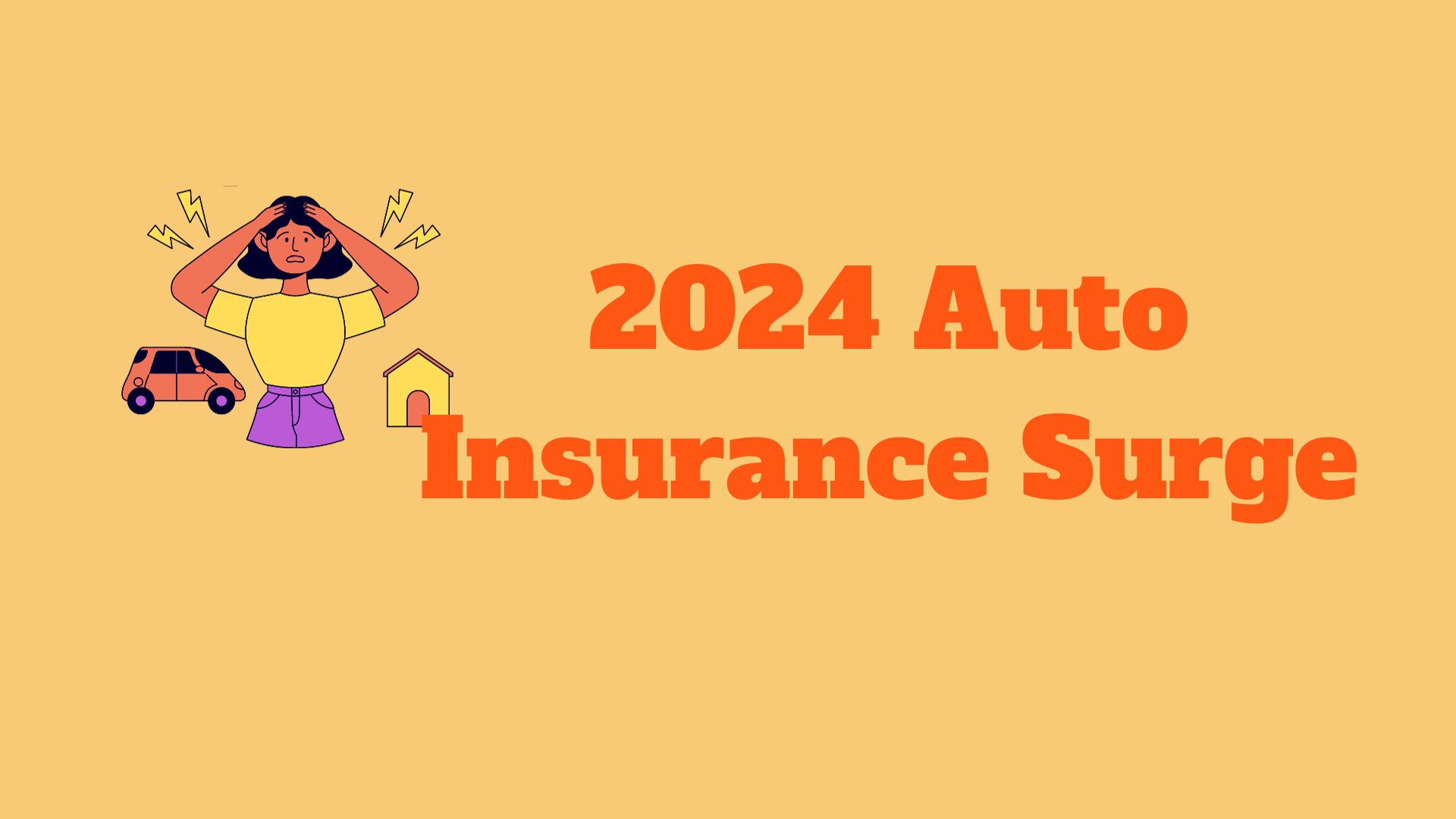It’s an ongoing crisis in the personal auto insurance industry in the US. As claim intensities rocket sky-high, we see a concerning downturn in US personal auto returns, as reported in detail by AM Best’s Market Segment Report, released in December 2023.
The statistics paint a gloomy picture, with the net combined ratio for personal auto in 2022 towering at 112.2, a nearly 11-point decline from 101.5 in 2021, and a staggering 10 points above the decade’s average and median combined ratios.
Liability and physical damage wreaking havoc, inadvertently led to an over $4 billion net underwriting loss for personal auto insurers in 2021. Despite active measures against the tide, such as incremental rate adjustments, insurers are struggling to counterbalance the growing spate of accidents and the associated costs, including inflationary effects, disruptive supply chains, and high-tech vehicle advancements which escalate claim expenses.
A grim reflection of these financial pressures was displayed in the more than $33 billion underwriting loss recorded in 2022, a consequence of rising physical damage claim costs, elevated medical expenses, and greater claims severity. Such adverse trending continued well into the first half of 2023, despite insurers’ desperate efforts to amplify premium rates.
Where’s the sticking point? Christoper Graham, the senior industry analyst and co-author of the report, hinted at the core problem in a video discussion. He suggested that even without any claim cost increases, a bold, double-digit rate hike would be essential just for carriers to maintain a break-even stance.
A concerning pattern has emerged as a key culprit—escalating accident severity. Post-pandemic, workplace habits have evolved with work-from-home arrangements reducing vehicular use. But unexpectedly, this led to increased driver distractions and riskier driving habits, amplifying the severity of incident-related loss.
The statistics are alarming. There was a nearly 13-point surge in the net loss and loss adjustment expense ratio for private passenger auto insurance in 2022. Correspondingly, the average cost per private passenger auto claim rose a significant 16% in 2022, year on year, after already increasing by 11% in 2021. Furthermore, defense and cost containment expenses also leaped by 29%, with adjusting and other expenses rising by 18%.
On a brighter note, the National Highway Traffic and Safety Administration reported a decline in the fatality rate, showing a consistent drop during the last three quarters of 2022 following consecutive increases for seven quarters.
Insurance carriers did gain some respite with a lower underwriting expense ratio, thanks to increased premium levels. Yet, industry experts such as David Blades, the associate director of AM Best, recognize the battle is far from over. He reveals that many carriers, cognizant of these challenges, are reviewing their personal auto portfolios and implementing strategic steps to address pricing adequacy worries.
Despite these headwinds, there’s a glimmer of hope. Remarkably, 17 from the top 20 US insurers expanded their premium base in 2022, symbolizing a spirited intent to achieve rate adequacy that can effectively counterbalance escalating claim costs. So, will it be enough to outpace the rising tide of auto claims and frequent accidents? As insurers rally to adjust their strategies in real time, only time will tell.
